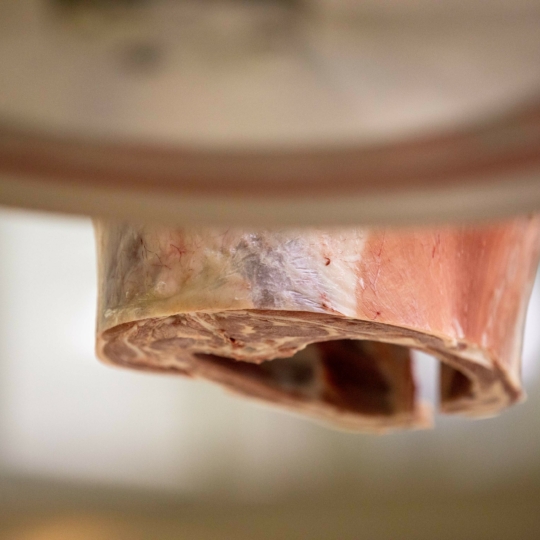Select your region / language
Safety and yield benefits from automation project at ANZCO’s Rangitikei plant

Scott installed an automated lamb boning room into ANZCO Foods Rangitikei plant. The $10m automated cutting equipment project was completed on time with the site now in full production.
The investment features an x-ray machine working in unison with automated cutting equipment, providing highly accurate cuts and reducing health and safety risks. The automated cutting equipment replaces five bandsaws and removes the four-quarter and leg, and debones the full middle ensuring precise cutting to the exact specifications of each carcass.
Scott and ANZCO Foods worked together very closely throughout the entire project which almost halved the usual installation time and enabled the site to keep operating throughout the project. Project Manager Sarita Withers said “ANZCO Foods were dedicated to making this project a success from the very start and developed a strong partnership, all working collaboratively to deliver the most advanced X-Ray Primal and Middle System possible”. "Because the site kept operating, if anything wasn’t working correctly we were able to revert to the old process so there was no impact on production."
Scott focused on the quality of the build and increased the in-house commissioning time in order to reduce the overall project lifecycle. Furthermore, the whole team concentrated greatly on the reliability of the machine and the robustness of the overall system.
ANZCO Site Engineering Manager Hein Strydom also attributed collaboration as the most important aspect of this successful project. “Successful projects are only achieved when you have full collaboration between supplier and customer, working together towards the same goal”
Other factors leading to the success of this project were the new vision accuracy methods developed on this project as well as the addition of a clean-in-place system. ANZCO Foods commitment throughout the project was exceptional with two ANZCO Foods Maintenance Engineers spending over a month in the Scott workshop during the build as well as part of the project team during installation and commissioning.
The commissioning team spent time in the ANZCO processing room in order to demonstrate how the system works and how to optimise the process to get the best return on ANZCO’s investment.
“The increased yield comes from improved accuracy, which will have a positive financial impact,” says Darryl Tones, ANZCO General Manager Operations. “For instance, achieving an extra 5mm on French racks, compared to it being on the flap, is substantial.”
No one lost their jobs as a result of the new equipment, with the bandsaw operators being integrated into the wider processing team. ANZCO built the Rangitikei sheep processing site in 2005. It employs around 400 people and has an annual processing capacity of 1m sheep/lambs.
ANZCO Rangitikei directly contributes more than $128m to the local economy each year through wages, salaries, farmer and supplier payments. The economic contribution has been further enhanced with 40% of the $10m project cost being spent on a range of local service providers working on the project and equipment installation, and 60% comprising the new equipment.
Learn More About Our Automated Boning Rooms
Scott Automated Boning Room Systems were designed to optimise yield, minimise waste, increase food safety and reduce operational costs. The automated boning room is a fully automated system for processing “bone-in” meat products and is able to process carcasses at a rate of 12 per minute.



